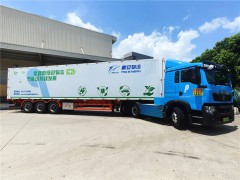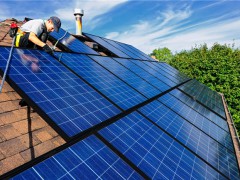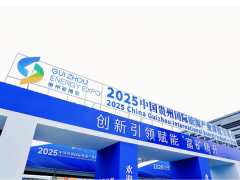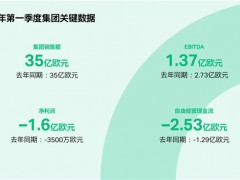據(jù)油價(jià)網(wǎng)6月2日消息,國際能源署(IEA)在其《2021年世界能源投資報(bào)告》中稱,今年全球能源投資預(yù)計(jì)將較2020年增長(zhǎng)10%,至1.9萬億美元。
能源需求也在反彈,且勢(shì)頭強(qiáng)勁,IEA預(yù)計(jì)今年能源需求將增長(zhǎng)4.6%,超過去年萎縮4%的幅度。
今年電力行業(yè)的投資預(yù)計(jì)將增長(zhǎng)5%,其中可再生能源無疑將占最大份額,將占2021年電力行業(yè)投資的70%,或總計(jì)8200億美元電力行業(yè)投資中的5300億美元。其余的將是對(duì)能源儲(chǔ)存和電網(wǎng)的投資。
受需求復(fù)蘇和油氣價(jià)格上漲的推動(dòng),今年油氣勘探和生產(chǎn)的投資預(yù)計(jì)將增長(zhǎng)10%。然而,IEA指出,今年的支出仍將低于疫情前的水平。
預(yù)計(jì)今年還將在清潔能源技術(shù)和效率方面投資約 7400 億美元。IEA指出,這一數(shù)字“仍然遠(yuǎn)遠(yuǎn)低于氣候驅(qū)動(dòng)的情況下的需求。”到本世紀(jì)20年代,清潔能源投資需要增加一倍,才能將氣溫上升幅度控制在2攝氏度以下;要想保持1.5攝氏度的穩(wěn)定,清潔能源投資需要增加兩倍以上。”
IEA還指出,各國在能源方面的投資將有很大差異。雖然發(fā)達(dá)經(jīng)濟(jì)體從疫情中恢復(fù)得比較快,但新興經(jīng)濟(jì)體卻落后了。它們可用于能源投資的資源也更少。
裘寅 編譯自 油價(jià)網(wǎng)
原文如下:
IEA: Global Energy Investment To Rise To $1.9 Trillion In 2021
Global energy investment this year is seen expanding by 10 percent from 2020 to $1.9 trillion, the International Energy Agency said in its World Energy Investment 2021 report.
Energy demand is also on the rebound, and it is a strong one, with the IEA expecting it to expand by 4.6 percent this year, more than making up for the 4-percent contraction of last year.
Investments in the power sector are set for a 5-percent increase this year, with renewables unsurprisingly taking the biggest share. These will account for 70 percent of 2021 investments in the power sector, or $530 billion out of a total $820 billion in power sector investments. The rest will be investments in energy storage and the grid.
Investments in oil and gas exploration and production are set to rise by 10 percent this year, driven by recovering demand and the resulting higher oil and gas prices. Yet, the IEA notes, spending will remain below pre-pandemic levels this year.
Some $740 billion is expected to be invested in clean energy technologies and efficiency this year as well. The IEA has noted that this amount still “remains far below what is required in climate-driven scenarios. Clean energy investment would need to double in the 2020s to maintain temperatures well below a 2°C rise and more than triple in order to keep the door open for a 1.5°C stabilisation.”
The amount invested in energy will vary significantly across countries, the IEA also noted. While developed economies have recovered relatively quickly from the pandemic, emerging economies are lagging behind. They also have fewer resources available to invest in energy.
免責(zé)聲明:本網(wǎng)轉(zhuǎn)載自其它媒體的文章,目的在于弘揚(yáng)石化精神,傳遞更多石化信息,并不代表本網(wǎng)贊同其觀點(diǎn)和對(duì)其真實(shí)性負(fù)責(zé),在此我們謹(jǐn)向原作者和原媒體致以敬意。如果您認(rèn)為本站文章侵犯了您的版權(quán),請(qǐng)與我們聯(lián)系,我們將第一時(shí)間刪除。







